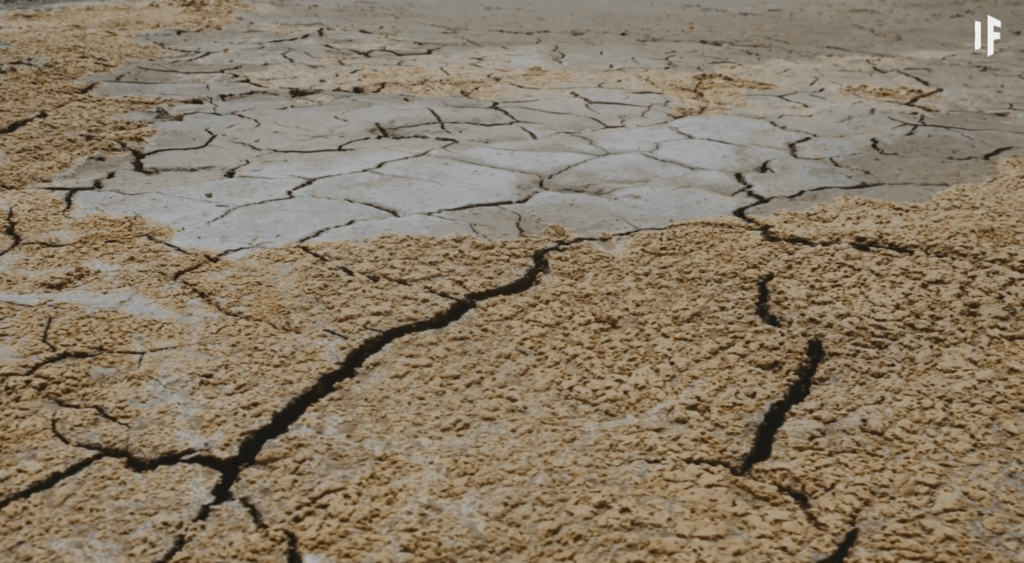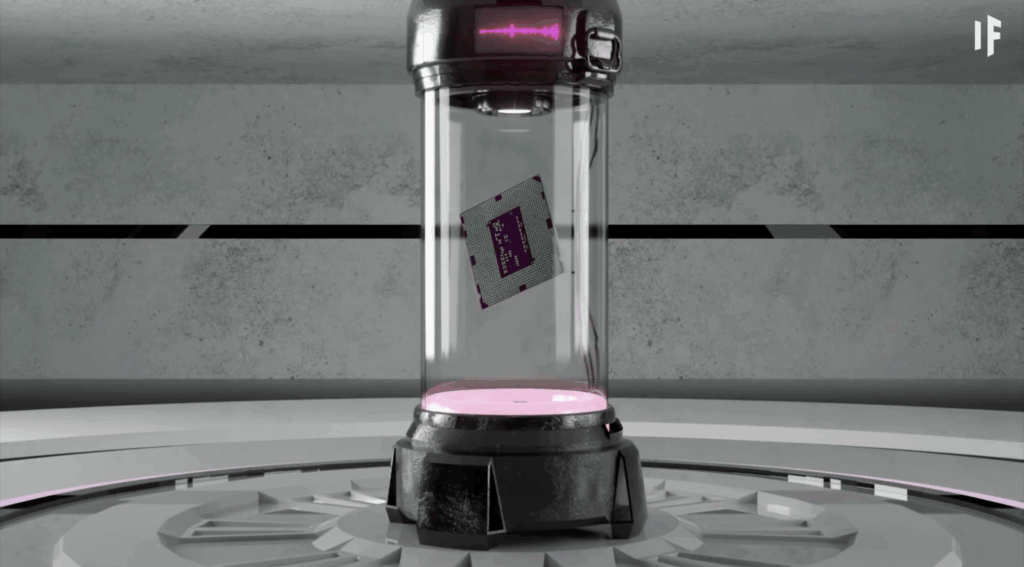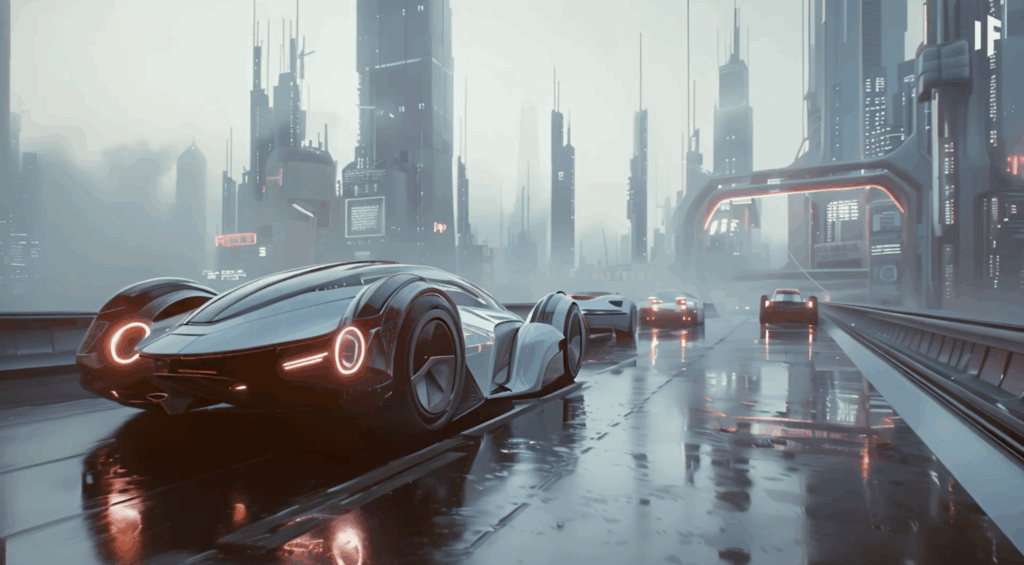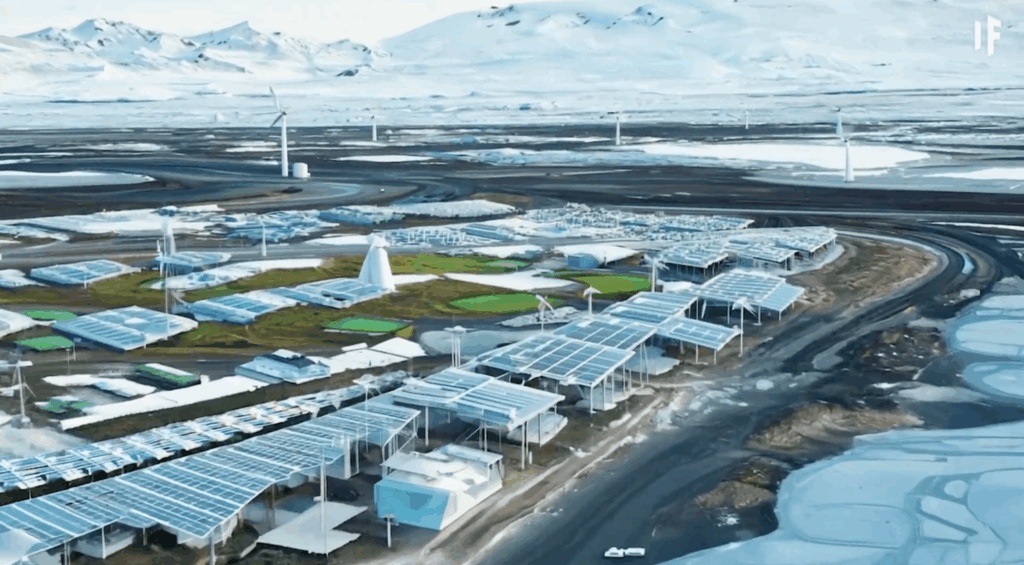What if we told you that within the next 100 years, humans could merge with AI, control the weather, and even bring extinct species back to life? From space exploration to climate changes and beyond, here’s what the next century could look like, broken down decade by decade.
2025 to 2035: The New Space Race and a Cancer Breakthrough
In just the next ten years, we are poised to witness a new era in space travel. SpaceX plans to send humans to the Moon through the Artemis mission, starting with an uncrewed test flight. It will be the first time since the Apollo missions that humans return to the lunar surface.

Meanwhile on Earth, a groundbreaking mRNA based vaccine for pancreatic cancer will emerge. Built on the same platform used to develop COVID 19 vaccines, this new treatment could prevent cancer from returning post surgery by training the immune system to attack new cancer cells.
However, climate change will bring devastation. Bangkok, Thailand, a city of over ten million, could face catastrophic flooding. The city is sinking roughly 10 centimeters a year, and rising sea levels are accelerating its submersion. Some estimates predict 96 percent of the city may be below sea level by 2030.
On the roads, self driving cars will finally go mainstream, but likely through pricey subscription services.
Traditional driving may soon become a niche hobby.
2035 to 2044: Mars Missions and a Shifting America
By this decade, humans will likely reach Mars. NASA and SpaceX will work to solve challenges like radiation exposure, oxygen generation, and food production on the red planet. Scientists also plan to explore Titan, Saturn’s moon, by sending a submarine into its liquid seas to study its organic rich environment.
Back on Earth, climate changes will intensify. Koalas and lemurs will face extinction, and Category 6 hurricanes will become more frequent along the Gulf Coast. As a result, cities like Houston and Baton Rouge may begin to empty.

Culturally, the United States will undergo a demographic shift. By 2044, white Americans will no longer make up the majority, a change that most Americans are expected to view with neutrality.
2045 to 2054: Extinction, Fusion Power, and a Message from the Past
The climate crisis will continue to worsen. Global temperatures will rise by 2 degrees Celsius above pre industrial levels, causing 40 to 50 percent of current species to go extinct. This includes African forest elephants and the critically endangered Yangtze finless dolphin.
The Dead Sea could completely evaporate during this decade. Water levels are already dropping 1.2 meters per year due to excessive heat.

But there is hope. This will be the decade when commercial fusion power becomes viable, potentially ending our reliance on fossil fuels. And in 2051, a message sent to space by Ukraine in 1999, Cosmic Call One, will reach its destination, the Gliese 777 star system. We might even get a response.
2055 to 2064: Mars Base Camps and Nano Advancements
By 2058, The Beatles music will enter the public domain. And while that is worth celebrating, it pales in comparison to the more revolutionary achievements: permanent human presence on Mars and major advances in nano technology.
Nano tech fabrics will revolutionize daily life, creating self cleaning clothes and water repellent umbrellas. We will also move closer to eliminating coal and oil from the energy grid, with wind, solar, and fusion dominating.
2065 to 2074: Building Matter Atom by Atom
This decade will usher in picotechnology, enabling manipulation at the subatomic level. We will create entirely new types of matter and possibly build ultra powerful computers.

Meanwhile, medical technology will allow us to 3D print body parts, rejuvenate with stem cells, and cure diseases via gene editing. These developments could significantly extend human lifespan.
2075 to 2084: Space Elevators and Superhumans
Clean energy will finally become global. Electric vehicles will be the norm, and bionic enhancements like artificial organs and neural implants will transform humans into vastly superior beings, Humans Two Point Zero.

A space elevator could replace rockets, using ultra strong materials like diamond nano threads to transport people and cargo to space stations in geosynchronous orbit.
2085 to 2094: Controlling the Weather and Reversing Extinction
Despite our clean energy transition, past emissions will continue to heat the planet. Polar bears could go extinct by 2050, but extinction science may allow us to bring them back.
Antarctica’s ice will melt dramatically, possibly giving rise to new human settlements. Global languages will shrink to just three, English, Mandarin, and Spanish, due to globalization and cultural consolidation.

Wind farms in the Atlantic will not only generate power but also help suppress hurricanes, reducing their category levels and allowing Gulf cities to be reinhabited.
2095 to 2115: Mind Uploading and Plant Like Humans
As we enter the early 2100s, humans may incorporate chloroplasts into their cells, allowing them to photosynthesize. With this change, we could generate energy from sunlight and carbon dioxide, effectively feeding ourselves like plants.
Even more radical, our minds could be uploaded into computers. Eternal digital life may become an option, creating a split between those who choose to live forever in a machine and those who do not.
2115 to 2124: Humans Merged with AI
By the dawn of the 22nd century, AI will be embedded in society. Human AI hybrids will dominate, combining human emotions with AI intellect. This could lead to societal conflict between enhanced and non enhanced humans.

Permanent colonies will exist on the Moon and Mars, and missions will reach the Kuiper Belt and beyond. Asteroid mining will supply Earth with precious resources. Wedding destinations will include lunar resorts and Martian domes.



























